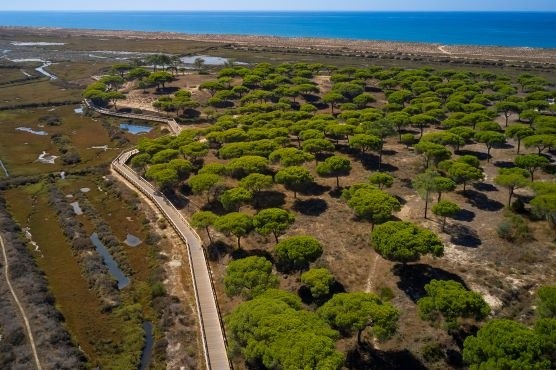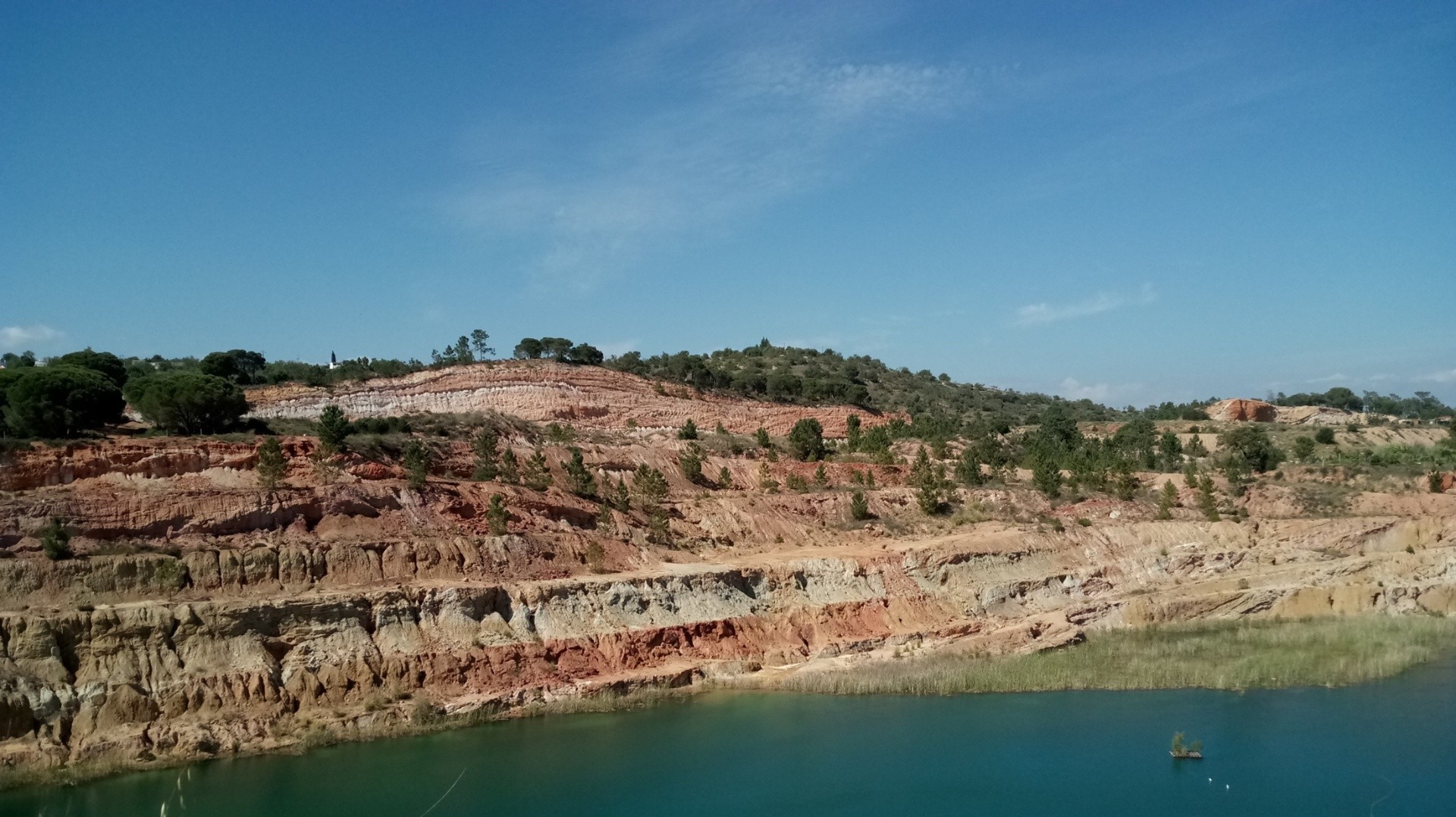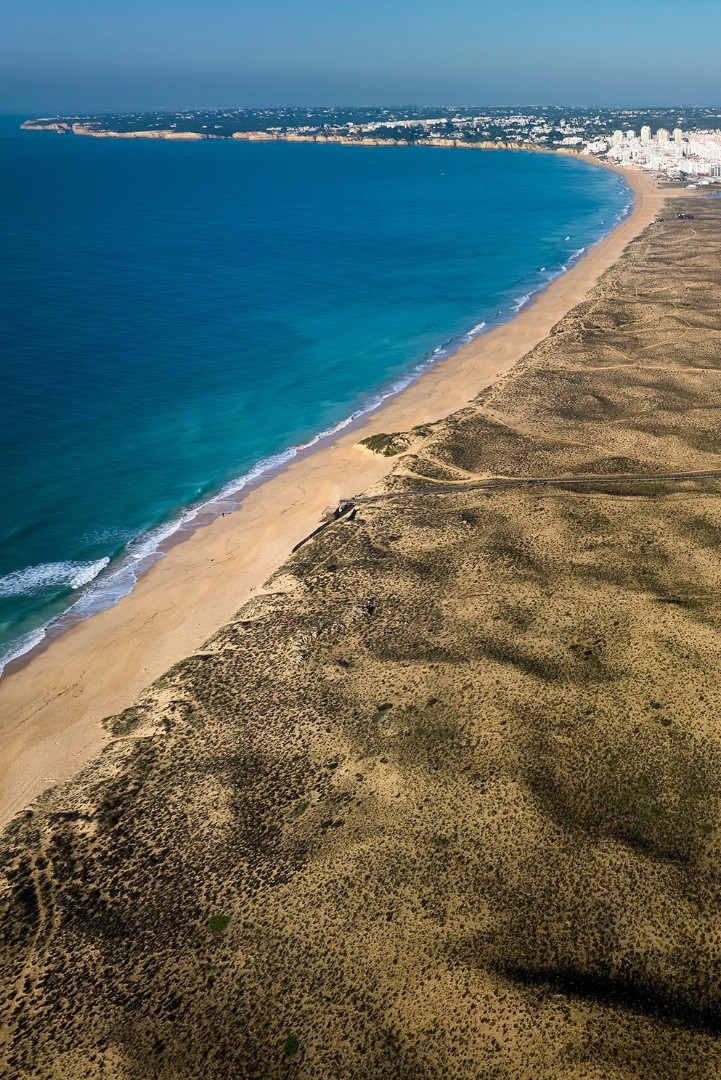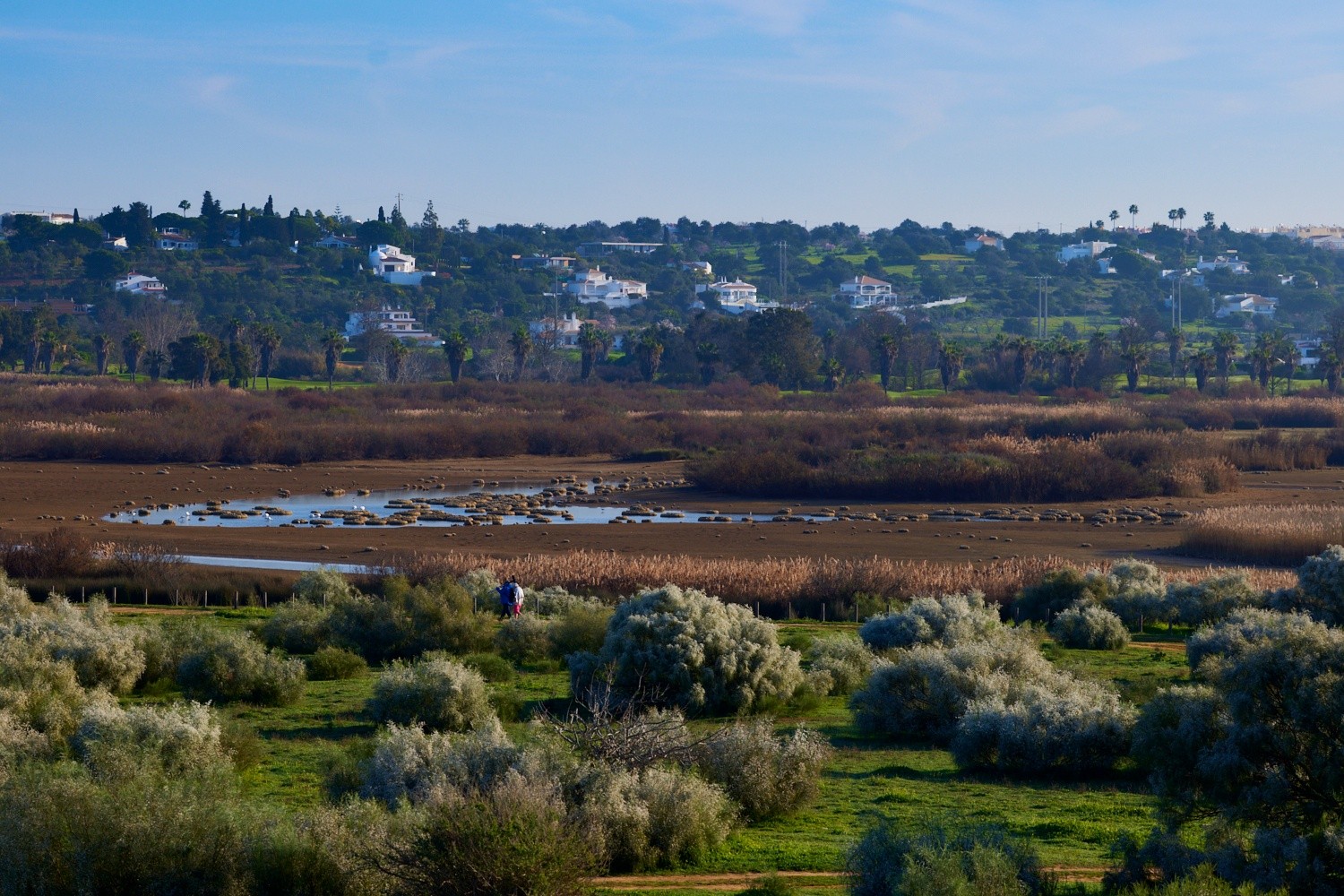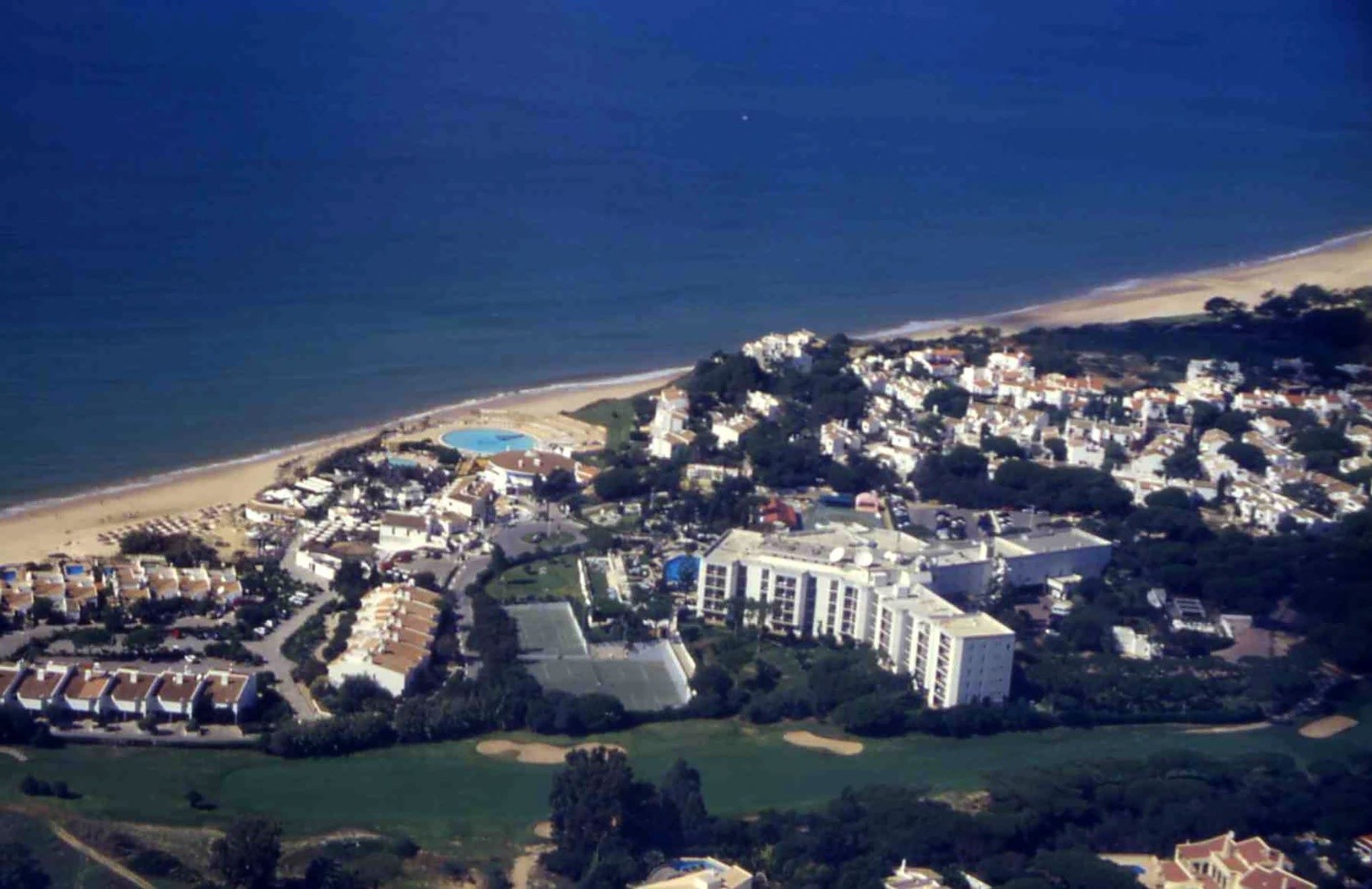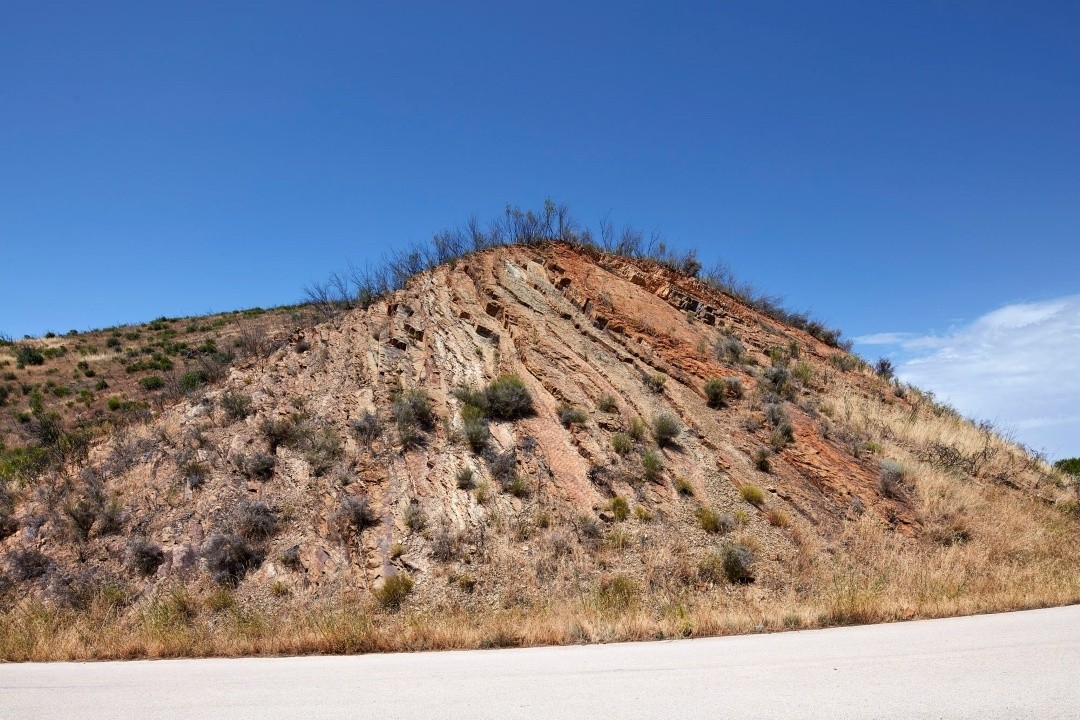Paleontology and Paleoenvironment
The 1755 tsunami was one of the most devastating natural disasters in the history of the Iberian Peninsula, profoundly impacting both the landscape and the advancement of science. Studying the deposits left by this event is of great international significance, as it enhances our understanding of the forces and dynamics of tsunamis. Additionally, this event marked a significant turning point in the history of modern science, leading to a more rigorous scientific approach that was independent of religious dogma.
Investigating sediments in coastal areas and on the continental shelf allows us to reconstruct various phases of a tsunami, including the arrival of the massive waves, the flooding they cause, and the subsequent retreat of the water, known as "backwash." The 1755 tsunami has been extensively studied due to its scale and impact, particularly in the Algarve region, where it left significant marks both on land and in the sea.
Three of these studies were conducted in the Algarvensis region, focusing on sediments in the estuary of the Ribeira de Quarteira and Ribeira de Alcantarilha, as well as in Lagoa dos Salgados and on the continental shelf. Scientists employed various methods to analyse the phases of the tsunami and even identified deposits related to a similar event, the 1969 tsunami.
In Lagoa dos Salgados, researchers determined the precise direction of the waves entering the area, which enabled them to estimate the maximum wave height to be less than 10 meters. This estimate was based on their analysis of how the waves propagated through the lagoon's entrance bar and the unique shape of the coastline at the Bay of Armação de Pêra. Additionally, a coastal dune belt, approximately 10 meters high, served as a natural barrier, preventing the tsunami from advancing further inland.
The studies highlight how geological records can reveal impressive details about past events and help to better understand the dynamics of tsunamis, contributing to future risk preparation and mitigation.
The evidence of the tsunami in Lagoa dos Salgados is found in a distinct layer within the late Holocene sedimentary record. This layer stands out from the layers above and below it, characterised by a horizon of coarser sediments that is intercalated between finer-grained sediments. It rests discordantly on the underlying layer, which is marked by an erosive contact.
Micropaleontological analysis of Foraminifera reveals a significant increase in both the diversity and dominance of marine species within the sediment layer associated with the event. The spatial characteristics of the tsunami layer indicate that a barrier prevented widespread overflow from the tsunami, suggesting a maximum height of approximately 10 meters along the coast. Additionally, these characteristics imply that the entrance bar of Lagoa dos Salgados was the preferred path for transporting water and sediments inland.
Dating results from methods such as radiocarbon (14C), lead-210 (210Pb), and caesium-137 (137Cs) allow us to estimate a deposition age that aligns with the earthquake and tsunami that struck Lisbon in 1755 AD, which was the most catastrophic event to affect this coastal region in recorded history.
Locality: Salgados - Albufeira




